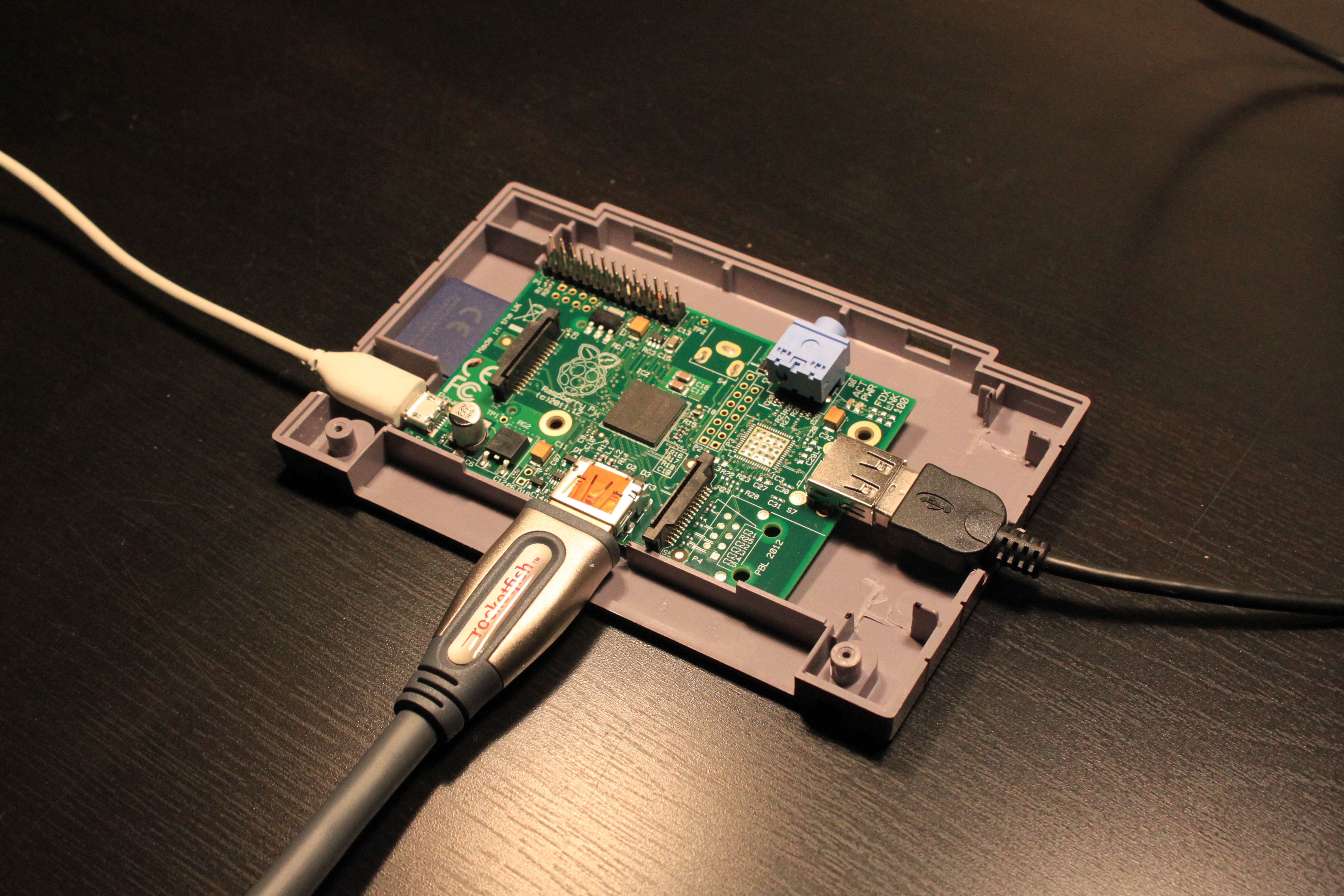Since lately we've run out of NX threads, I've decided to make my own.
Do you know what is this?


This is a Raspberry Pi, a general purpose computer (complete with an ARM-based processor, 1GB of RAM, plus micro SD memory storage) that fits the size of a SNES cartridge. My idea is, the NX console line could somehow be similar to this: a modular console where the 'core' architecture stands-alone and can be fitted into different types of 'terminals' like a cartridge. I know this sounds crazy but there are actually some possible advantages with this solution.
For starters, I'm assuming NX will actually be an handled or an 'hybrid' console (that works both as an handled and as an home console).
One of the main issues with Nintendo handleds is the life-cycle. Since Nintendo, for choice (and necessity) has to go for an affordable hardware and popular prices, you can easily see their handleds tend to get obsolete pretty quickly. When this happens, you have basically 2 avaliable options to keep your product appealing: you have to cut down price or you have to make an hardware revision. With handleds, since you already start with a cheap hardware and a certain portion of manufacturing/distribution costs don't scale down with time, you're only left with 1 solution: an hardware revision (and we've seen this countless times: Gameboy, GB Pocket, GB Colour, GBA -> GBA SP, GBA Micro, DS -> DS lite, DSi, DSi XL, 3DS -> 3DS XL, 2DS, New 3DS, New 3DS XL). While this practices have worked well enough for some generations, today handled consoles have to compete with smartphones and tables: mobile tecnology is progressing at a much faster rate than ever, this means the product life-cycle is shorter than ever.
So why going for a modular console? To make the handled life-cycle shorter while still being able to offer an affordable price. When you buy an hardware revision, you buy a lot of expansive components that are just not necessary (the battery, the charger, storage memory, the screen, etc.). Keeping the 'core' console and the interface separated, could give you the ability to get gradual hardware improvements over time, without changing the whole console every time. At the same time you'll have more opportuinites for interface customization (if an improved version of stereoscopic 3D comes out or a version with improved resolution you don't have to change the whole console but just the interface module).
To make thing easier I've made an example of how this could work:
2016 - First version of NX 'core' is out, new versions of the console interface come out with it.
2018/19 - (2-3 years later) NX 'core' 2 is out: the 1st NX 'core' is still supported but if you have NX core 2 you'll get graphical improvements. You can still use the original NX 'interface' modules.
2020/22 - (2-3 years later) NX 'core' 3 is out: support of the 1st NX core is dropped, but 2nd NX core has 2 more years to go. New console interfaces are realeased, but the old ones are still supported. And so on...
Now, let's assume a new NX 'core' could cost form 99$ to 129$ and can be bundled with major Nintendo first-party game. The price of the 'interface' between 79$ and 99$ (of course you could also think of more expansive versions for dedicated players).
So what do think? Could this make sense or it's just too crazy?
Let me know ;)
















